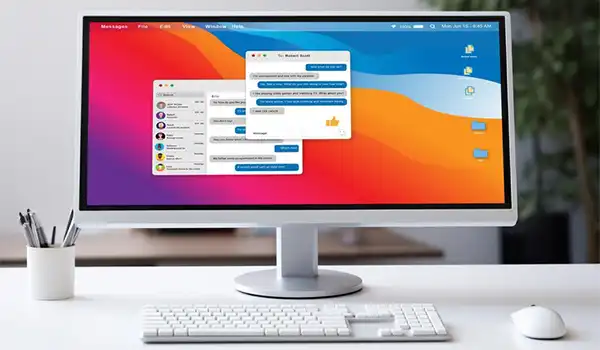
Application virtualization is a method of providing software within a virtual framework without the requirement for specific devices to be deployed. The user may access the virtualized program whenever they want, making use of their device’s hardware.
Because of application virtualization, you may utilize fewer servers as well as other resources to get the same performance level. This decreases your organization’s energy expenditures while also reducing the amount of hardware you need to buy and maintain.







Nanjgel CSMS – SOC AS A SERVICE powered by NANJGEL SOLUTIONS